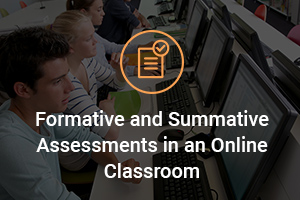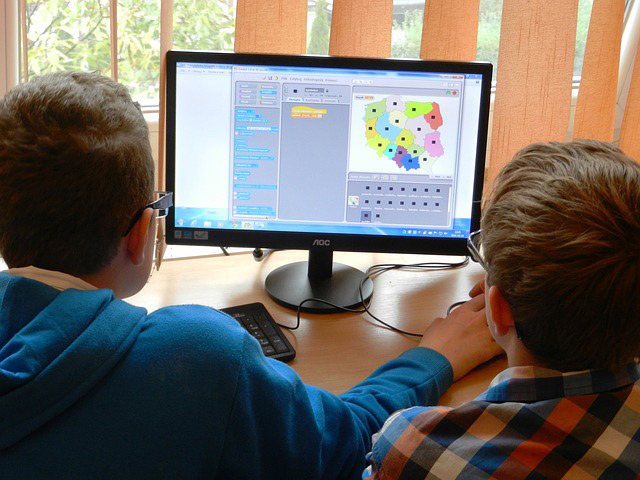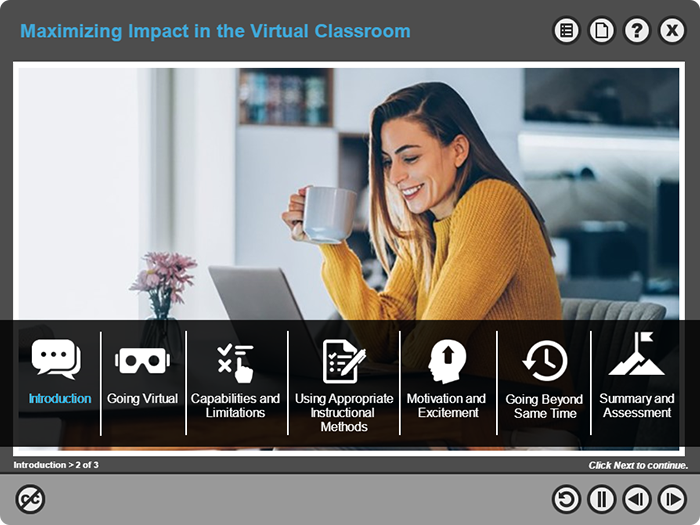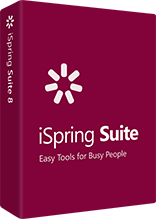Formative and Summative Assessments in an Online Classroom

Assessment is a key tool in the learning and teaching process. It helps both students and instructors evaluate student learning and see how much students are actually grasping of the presented material and when it’s time to move on. Two types of assessment, formative and summative, come into play within instruction, and each type has its place in the online as well as the physical classroom.
About Formative and Summative Assessments in a Nutshell
Formative assessments aid in the learning process by sampling student learning and offering feedback that guides the instructional process. The primary goal with formative assessments is the feedback rather than any grade. They are useful for instructors as they permit instantaneous assessment of the acquisition of material and, as a result, offer opportunities for modifying the teaching plan in efforts to achieve learning objectives. These assessments are useful for students to ensure they are acquiring the material correctly along the way.
Summative assessments are more formal exams. They help determine student knowledge at a particular point in time. In a children’s classroom, for example, these include standardized tests such as state assessments, as well as important exams that measure instructional accountability and result in student course grades. Summative tests allow for evaluation within and across school districts, regions, and states. These also include end-of-unit or chapter tests and end-of-term exams. Overall, summative tests serve as a benchmarking tool and a measure of student achievement on a unit-by-unit or cumulative knowledge exam.
The Difference or the Virtual Classroom
Both types of assessments are necessary for any serious course, and the proper balance of these two assessment types will maximize student learning. The online classroom isn’t an exception; here both formative and summative tests retain their importance to the instructional process and outcomes. The first can provide instructors with very valuable feedback about the course and the lessons, and help inform changes that should be implemented in order to increase student learning and engagement. They can also serve the purpose of providing students with a voice in the course, allowing them to express both satisfaction and dissatisfaction with the way the material is presented. On the other hand, the summative assessment would be relevant mostly in credit-based online courses, where students must demonstrate certain levels of knowledge about the particular subject matter. To make the most of both types, learn about basic ways to assess students online.

All online courses, regardless of course intent (e.g., gaining knowledge for personal enrichment or for degree earning), should contain several instances of formative assessments. Not all online courses will need summative assessments: unlike course programs containing courses of sequential levels with increasing difficulty (for example, language acquisition or computer programming), stand-alone courses will not usually have much of a place for a summative assessment.
When to Use Formative Assessments
Formative assessments have a variety of uses in both physical and virtual classrooms. They are particularly useful in the virtual classroom, where the instructor is at the disadvantage of creating a course in a vacuum—absent the advantage of receiving immediate feedback from learners such as confused or bored facial expressions, lost interest and engagement, and student sleepiness during the lesson. Instructors can certainly include strategies for best practices to maximize engagement and learning, but nothing works quite so well as actual student feedback. Instructors can ask for feedback on the student experience with how the material is presented, and content-wise, with student acquisition of target material.
In seeking feedback on course delivery and structure, instructors can include a 1-2 question survey-type questionnaire. Questions might include the following:
I find this lecture
- interesting;
- okay;
- boring.
Regarding the amount of variety of materials within the lecture, I would like to see
- more variety;
- it’s great as is;
- less variety.
- My favorite part of this course is ________________.
- My least favorite part about this course is: ________________.
I would like the lecturer to be
- more animated;
- the lecturer is just right in terms of body and vocal movement;
- less animated.
These kinds of questions can help guide the instructor not only to make adjustments to the current course to increase student engagement but also make better informed decisions when constructing future courses.
Another type of formative assessment can aid the instructor in determining the level of learner acquisition of the target material: at periodic points during or after the lecture, a one- or two-question quiz or other types of prompt can pop up. The questions might test the material recently covered. These short quizzes both assure the instructor that the students are on track with the material, and build confidence in the learners that they are understanding the material as intended. Alternatively, students can be directed to write a one-minute “paper” about some aspect of the material or a one-sentence summary of a particular point. Another option is to have each student identify the point of greatest confusion in the material as presented. If you find a concentration of students identifies the same or similar point of confusion, you know you need to adjust that part of your presentation for greater clarity. An additional option is to have students offer online contributions or reflections to course discussion boards.
In all of these ways, instructors can both check the effectiveness of their presentation methods and ensure students are all up to speed before moving forward. In an online course, these bits of information can aid in adjusting or fine-tuning the current course and can be considered in constructing future courses.

When to Use Summative Assessments
The summative assessment generally finds itself in highly structured programs with multiple levels of a subject and academic oversight by local, state, and federal agencies. They are useful for demonstrating student knowledge because they result in quantitative measurements that are of interest to administrators and students alike. The summative assessment is found in a skills placement test, end-of chapter or unit test, formal course exams, and standardized testing across districts, states, and regions. They are formal, and they are taken seriously both in their careful construction to develop valid assessment tools, and in their results—scores, grades, and percentiles—which form the basis for multiple major decisions taken by both students and administrators. In the formal classroom, summative assessments abound.
Not all virtual classrooms share the formality typical of the physical classroom. Whether or not you will employ summative assessments depends primarily on the context in which your online course occurs. If you are creating courses as part of an accredited program, you will need a variety of summative assessments. These can occur possibly at the beginning of the course to ensure students are at the appropriate level for their current knowledge, and definitely periodically throughout the course and at the course’s end to both test student knowledge and create fodder on which to base students’ final grades.
If your virtual course is less formal, probably one that you’re creating for your own purposes and not to teach from within a formal educational institution, you may not have any use at all for summative assessments. If you’re teaching a language or computer programming course, you will need periodic tests to assess proficiency and determine the appropriate learner level. These are summative assessments. Other courses that require previous subject knowledge on which to build, such as statistics, will also require such assessments. But if your course is on locksmithing, basic guitar, or living a happier life, you probably will not need summative assessments at all. In fact, the summative assessment definitely gives the course a flavor of formality, which you may or may not want. But if you do want to add a formal exam or two, and give students a greater feeling of seriousness of the course, that is perfectly fine as well, and summative assessments serve this purpose.
Conclusion
Whether your virtual course comes from within an accredited institution or is developed and marketed privately, you need at least a basic assessment. Formative assessments are exceptionally useful tools to receive student feedback on your course so you can improve it and provide reassurance to students that they understand the concepts as intended. Summative assessments are very helpful in the formal online classroom, though perhaps less relevant in informal, personal growth-type online courses. Whatever type of virtual course you’re developing, you can take advantage of the top test makers to create both formative and summative assessments.

